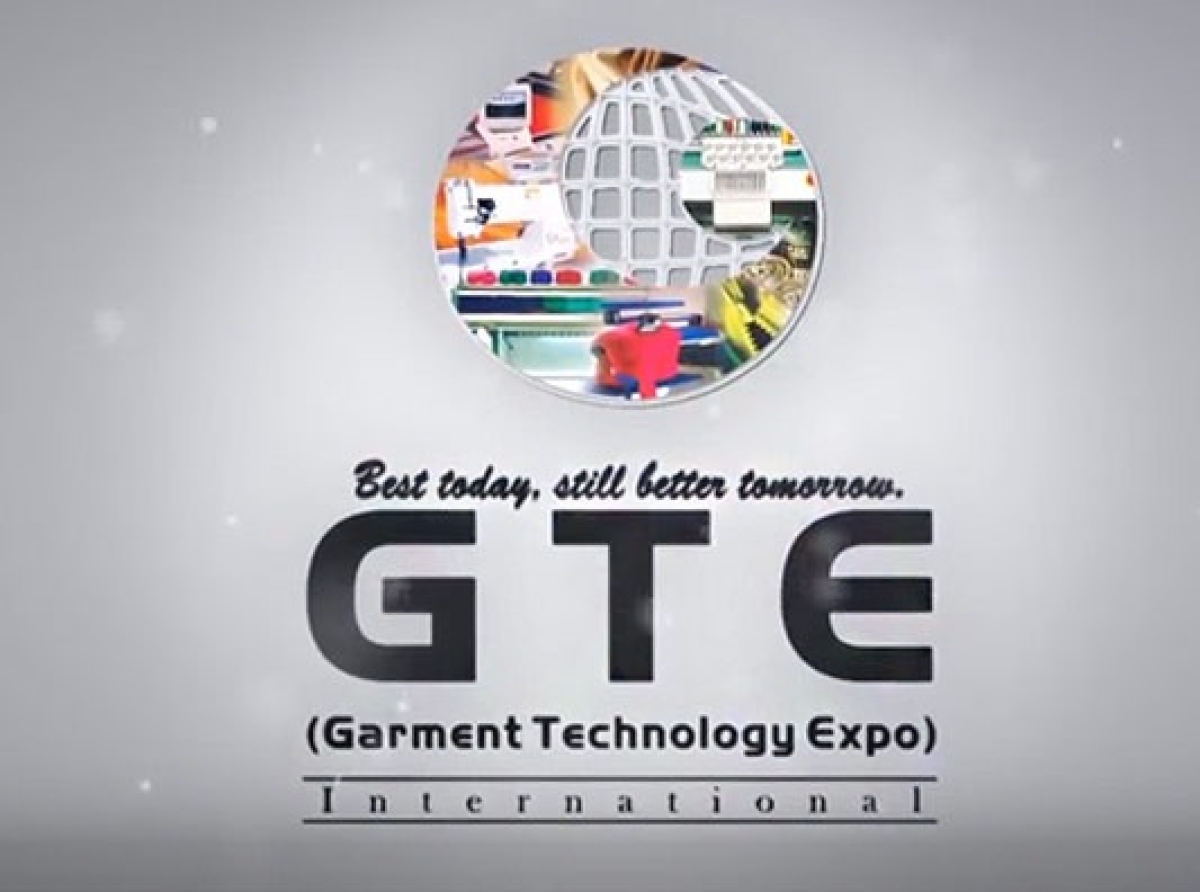Introduction to Garment Technology Expo (GTE)
The Garment Technology Expo (GTE) is a game-changer in the apparel industry. It’s where creativity meets cutting-edge technology, showcasing the latest innovations that are transforming how we design, produce, and consume fashion. As industry leaders gather to unveil their groundbreaking products and share insights on emerging trends, GTE becomes a hub of inspiration and collaboration. Attendees can expect to discover everything from advanced fabric technologies to sustainable manufacturing solutions—all aimed at shaping the future of clothing. Whether you’re a designer, manufacturer, or simply passionate about fashion tech, GTE offers an unparalleled experience that promises to ignite your imagination and drive progress in this dynamic sector.
History and Evolution of GTE
The Garment Technology Expo (GTE) began as a modest gathering in the early 2000s. It aimed to bridge the gap between traditional apparel manufacturing and emerging technologies. As the fashion industry faced rapid changes, GTE evolved into a platform for innovation.
Over the years, it expanded its reach by incorporating diverse sectors of garment technology. This included automation, digital printing, and fabric innovations. Each iteration of GTE showcased advancements that transformed how garments are designed and produced.
With an increase in global participants, GTE became a melting pot for ideas from various cultures. Major brands and startups alike found value in presenting their latest offerings here. The expo not only highlighted technological progress but also emphasized collaboration within the industry.
Today, GTE stands as a testament to how far garment technology has come while continuing to shape future trends in apparel manufacturing.
Key Exhibitors and Participants
The Garment Technology Expo attracts a diverse range of exhibitors and participants from around the globe. This includes established brands, innovative startups, and leading technology companies. Each brings something unique to the table.
Renowned textile manufacturers showcase their latest fabrics and materials. Their innovations often include smart textiles that can adapt to various conditions. These advancements push boundaries in both functionality and style.
Technology firms display cutting-edge software solutions for design and production processes. From 3D modeling tools to automated cutting machines, they offer transformative capabilities for apparel makers.
Participants also include industry professionals keen on networking. For them, GTE is an opportunity to connect with peers and explore potential collaborations.
Workshops are held by experts who share insights into market trends and consumer behavior patterns. Engaging presentations spark discussions about the future direction of garment manufacturing.
This blend of expertise fosters an environment ripe for innovation throughout the event.
Technological Innovations in the Apparel Industry
Technological innovations are rapidly transforming the apparel industry. From cutting-edge fabric production to advanced manufacturing processes, innovation is at the forefront.
3D printing technology has revolutionized garment creation. Designers can now produce intricate patterns and prototypes in a fraction of the time it used to take. This not only saves resources but also enhances creativity.
Digital textile printing is another game-changer. It allows for vibrant designs with minimal waste, catering to on-demand production needs. Brands can experiment without committing to large inventory levels.
Smart textiles are gaining traction too. These fabrics incorporate sensors and electronics, offering wearers functionalities beyond traditional clothing—think temperature regulation or fitness tracking integrated directly into garments.
Artificial intelligence plays a crucial role in trend forecasting and supply chain optimization. By analyzing consumer behavior data, brands can make informed decisions that align with market demands seamlessly.
Sustainable Practices in Garment Manufacturing
Sustainable practices in garment manufacturing are rapidly gaining traction. More brands now prioritize eco-friendly materials and processes. This shift is influenced by consumer awareness and regulatory pressures.
Recycling textiles has become a vital practice. Brands source fabric scraps to create new garments, reducing waste and conserving resources. Innovations like waterless dyeing techniques also minimize environmental impact.
Moreover, ethical labor practices are integral to sustainability. Companies strive for fair wages and safe working conditions, ensuring that their supply chains reflect responsible values.
Technologies such as 3D knitting help eliminate the need for cutting fabric, thereby decreasing leftovers drastically. The focus on circular fashion promotes longevity over fast consumption.
By embracing these sustainable approaches, the apparel industry not only meets market demands but helps protect the planet for future generations.
Emerging Trends in Garment Design and Production
Emerging trends in garment design and production are reshaping the industry landscape. One notable shift is towards gender-neutral fashion. Designers are increasingly creating collections that transcend traditional gender boundaries, appealing to a broader audience.
Another significant trend is the rise of digital fashion. Virtual clothing designed for online avatars or augmented reality experiences is gaining traction. This approach not only reduces waste but also offers innovative ways for brands to engage with consumers.
3D printing technology has made its mark as well, allowing for rapid prototyping and customized designs. It streamlines the manufacturing process while minimizing material waste.
Collaboration between tech companies and fashion brands is becoming more common. Integrating wearable technology into everyday garments opens up new possibilities for functionality without sacrificing style.
These trends reflect a dynamic shift in how apparel is conceived, produced, and consumed today.
Impact of GTE on the Apparel Industry
The Garment Technology Expo (GTE) serves as a significant catalyst for change within the apparel industry. By bringing together innovators, manufacturers, and designers, it creates an environment ripe for collaboration. This connection fosters the exchange of ideas that can reshape production methods.
Exhibitors showcase cutting-edge technologies like 3D knitting machines and automated sewing tools. These advancements streamline processes and enhance efficiency in manufacturing. As a result, businesses can respond more swiftly to market demands.
Moreover, GTE highlights sustainable practices that encourage eco-friendly approaches to garment production. Companies are increasingly adopting strategies that minimize waste and reduce carbon footprints.
The expo also sets trends by showcasing emerging styles and materials. Designers leave inspired, ready to push creative boundaries while incorporating new tech into their work.
Events like GTE play a crucial role in shaping the future landscape of the apparel industry through innovation and inspiration.
Future of Garment Technology Expo
The future of the Garment Technology Expo (GTE) is poised for transformative growth. As technology evolves, so does the expo’s role in shaping industry standards.
Virtual reality and augmented reality are likely to enhance visitor experiences. Attendees can expect immersive showcases that allow them to engage with products like never before. This advancement may revolutionize how manufacturers present their innovations.
Sustainability will continue to be at the forefront of discussions. GTE is expected to spotlight eco-friendly practices more than ever, encouraging brands to adopt greener technologies.
Networking opportunities will also expand, connecting startups with established companies. The collaboration could lead to groundbreaking partnerships that push boundaries in garment technology.
As consumers demand transparency and ethical production methods, GTE will adapt by showcasing solutions that meet these needs head-on. The evolution is both exciting and necessary for a rapidly changing market landscape.
Conclusion: Importance of Staying Updated with Industry Innovations through GTE
Staying updated with innovations in the apparel industry is crucial for businesses and professionals alike. The Garment Technology Expo serves as a vital platform, showcasing advancements that drive efficiency, sustainability, and creativity. By attending GTE, industry players gain insights into cutting-edge technologies and emerging trends.
Networking opportunities at the expo can lead to valuable collaborations and partnerships. Engaging with exhibitors allows attendees to discover solutions tailored to their specific needs. This exposure not only enhances knowledge but also fosters growth within the industry.
As consumer demands shift towards eco-friendly practices, staying informed through events like GTE becomes even more essential. Embracing these changes helps brands remain competitive in a rapidly evolving market.
Keeping an eye on technological developments ensures that stakeholders are equipped to navigate challenges effectively. The Garment Technology Expo isn’t just an exhibition; it’s a gateway to understanding where the apparel industry is headed next.
For anyone involved in fashion or garment production, participating in GTE means being part of a movement toward innovation and sustainability—a step towards a brighter future for the apparel sector.





